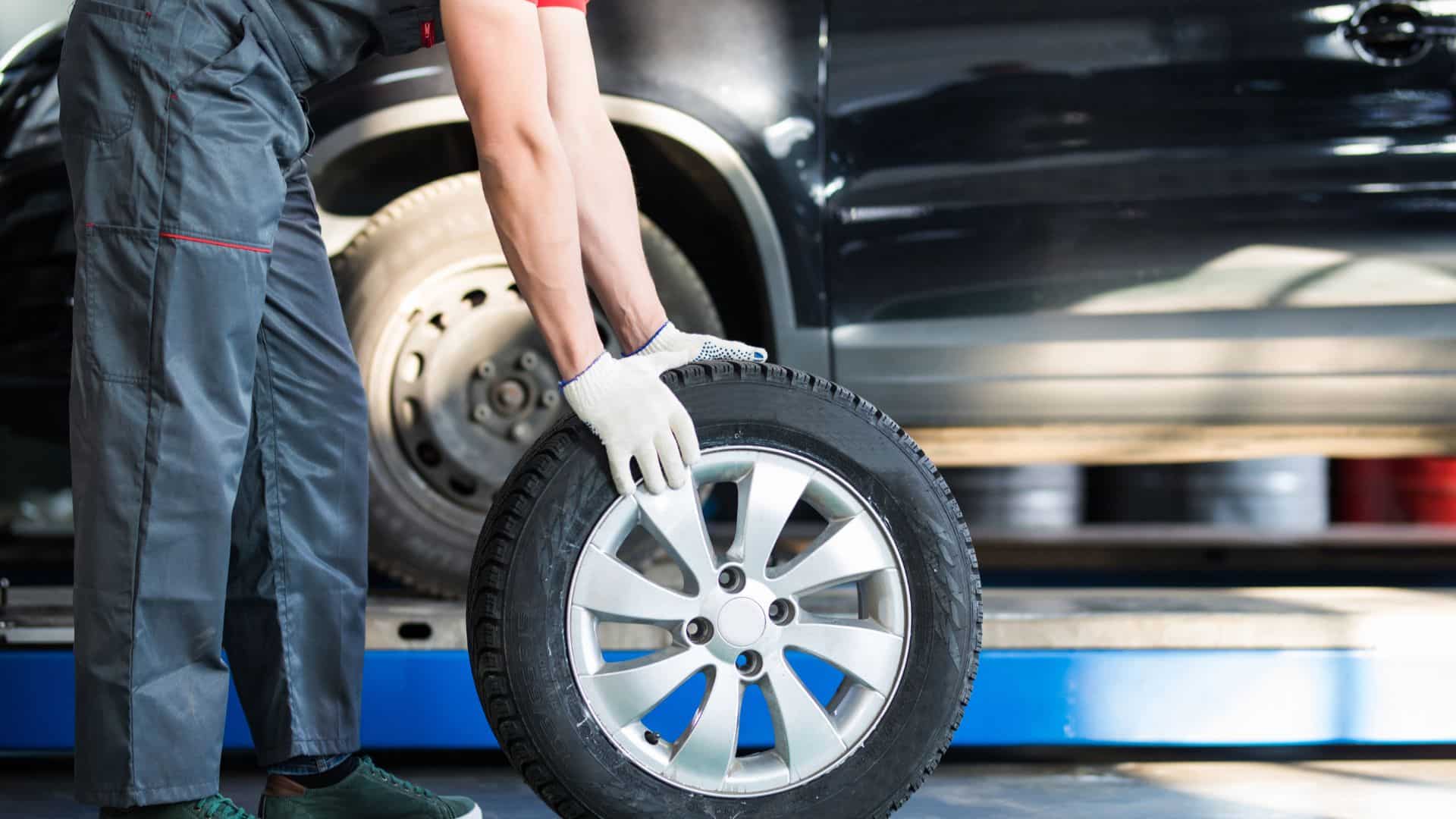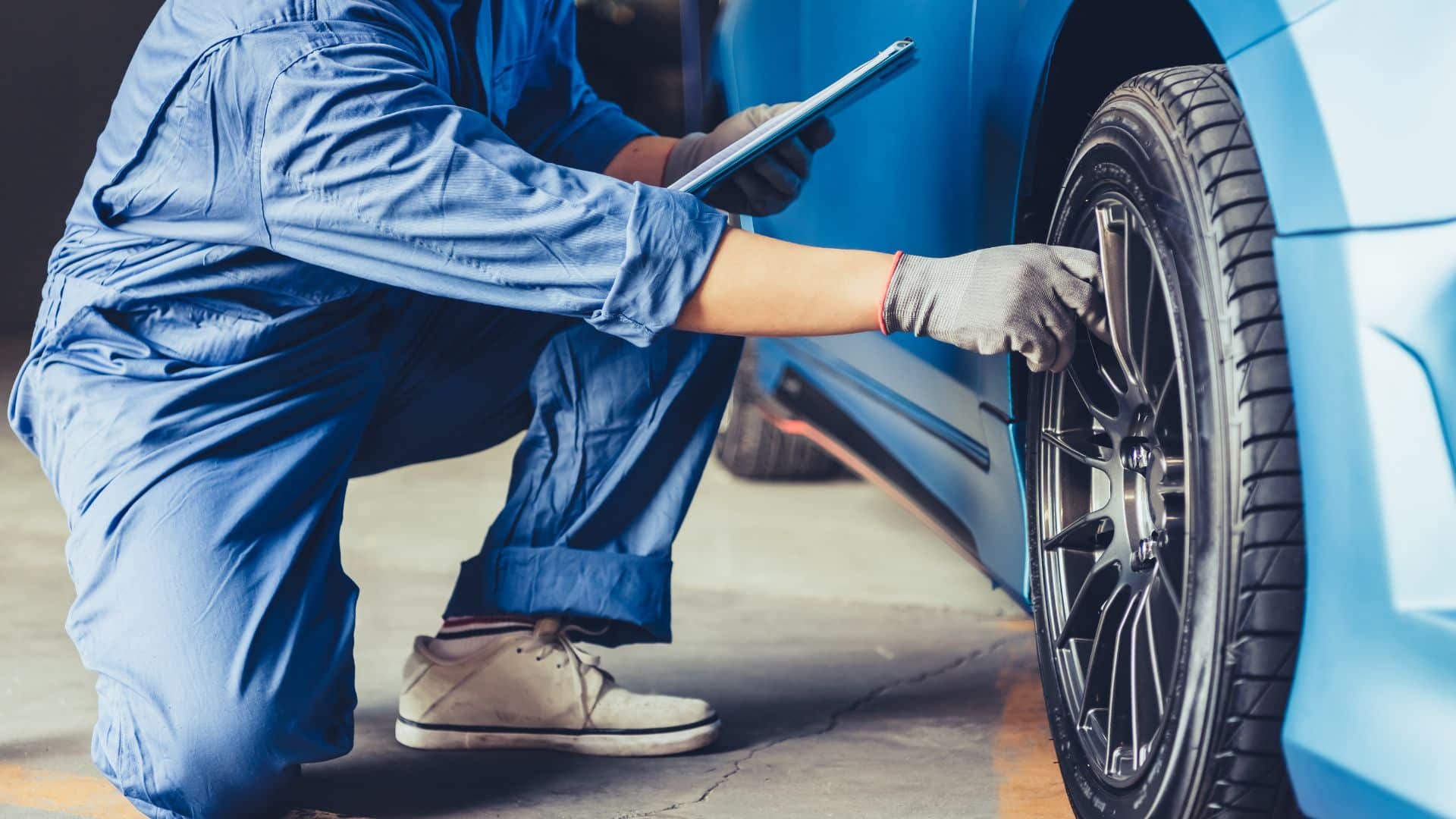Wheels and tires are crucial for any vehicle, yet many drivers overlook their importance.
These parts do more than just keep your car moving; they play vital roles in safety, performance, and efficiency.
In this guide, we’ll explore the essential functions of wheels and tires, helping you understand why they deserve your attention.
You’ll learn about the different types of wheels and tires and how they contribute to your vehicle’s overall performance.
We’ll also cover practical maintenance tips to keep your wheels and tires in top shape.
Whether you’re a new driver or a seasoned car enthusiast, this guide will provide valuable insights to help you make informed decisions about your vehicle’s wheels and tires.
Difference Between Wheels and Tires
| Aspect | Wheels | Tires |
|---|---|---|
| Material | Typically made from metal alloys (steel, aluminum, chrome) | Made from rubber compounds, reinforced with steel or fabric |
| Function | Supports vehicle weight, enables rotation | Provides traction, absorbs road shocks |
| Contact with Road | Do not directly contact the road | Directly contacts the road surface |
| Components | Includes rim, hub, spokes | Includes tread, sidewall, bead |
| Role in Vehicle | Provides structural support, connects to axle | Ensures grip, stability, and ride comfort |
| Impact on Performance | Affects handling, stability, and aesthetics | Affects traction, braking, and noise levels |
1. Support and Stability
Wheels are fundamental to your vehicle’s support and stability. They’re engineered to bear the entire weight of your vehicle, distributing it evenly to maintain balance and prevent undue stress on any single part.
This weight distribution is crucial for the overall structural integrity of your vehicle. Moreover, the design and quality of wheels directly influence how your vehicle handles on the road.
Well-crafted wheels contribute significantly to better cornering, smoother rides, and stability.
This is particularly noticeable during turns or when traveling at high speeds, where the wheels play a vital role in keeping your vehicle steady and responsive.
2. Enabling Movement
The primary function of wheels is to enable movement, serving as the crucial link between your vehicle and the road.
They connect to the axle, which transfers power from the engine to the wheels, allowing your vehicle to move forward or backward.
The circular design of wheels, combined with their bearings, allows for smooth rotation.
Without this smooth rotation, your vehicle would struggle to move efficiently, consuming more fuel and potentially causing damage to other parts of the car.
3. Aesthetic and Customization Options
Beyond their practical functions, wheels significantly affect your vehicle’s appearance and offer numerous customization options.
As one of the most visible parts of your vehicle, wheel design can dramatically alter your car’s look, making it appear sportier, more luxurious, or more rugged, depending on the style you choose.
Wheels are made of various materials, each offering unique benefits and aesthetic appeal. Steel wheels are known for their sturdiness and cost-effectiveness, while alloy wheels are lighter and often more visually appealing.
This variety allows you to customize your vehicle to match your style and driving needs, whether you’re looking for performance, durability, or a new look for your car.
Types of wheels
| Type of Wheel | Key Features | Ideal Use | Trade-offs |
|---|---|---|---|
| Steel Wheels | Durable, affordable, heavy | Budget-friendly vehicles, heavy-duty applications | Heavier, less fuel-efficient |
| Alloy Wheels | Lightweight, corrosion-resistant, better aesthetics | Modern vehicles, performance enhancement | Higher cost than steel wheels |
| Chrome Wheels | Shiny, visually appealing, corrosion-resistant | Aesthetic upgrades, show vehicles | Prone to damage, requires frequent maintenance |
| Forged Wheels | Strong, lightweight, high performance | High-performance vehicles, racing | Expensive, limited design options |
Main Functions of Tires

1. Traction and Grip
Tires play a crucial role in providing traction and grip, which are essential for safe and efficient vehicle operation.
The tire’s tread pattern is designed to maintain constant contact with the road surface, creating friction that allows your vehicle to move, stop, and turn effectively.
This contact is vital for various driving conditions, from dry highways to wet or icy roads.
The level of traction directly impacts your vehicle’s performance in acceleration, braking, and cornering.
2. Absorption of Road Impact
Another key function of tires is to absorb the impact from road irregularities, providing a smoother and more comfortable ride.
The air inside the tire, combined with the tire’s structure, acts as a cushion, absorbing shocks from bumps, potholes, and other road imperfections.
This cushioning effect not only improves ride comfort but also protects the wheels and other vehicle components from damage.
By absorbing these impacts, tires help to reduce wear and tear on your vehicle’s suspension system, wheels, and other parts, potentially extending their lifespan.
3. Contribution to Fuel Efficiency
Tires also play a significant role in your vehicle’s fuel efficiency through a factor known as rolling resistance. This is the energy required to keep the tire rolling as the vehicle moves.
Lower rolling resistance means less energy is needed to move the vehicle, resulting in better fuel economy. The type of tire, its design, and even its inflation level can all affect rolling resistance.
However, it’s important to note that there’s often a trade-off between low rolling resistance and other tire characteristics like traction or durability.
The effect of tire choice on fuel consumption can be substantial over time, making it an important consideration when selecting tires for your vehicle.
Types of Tires
| Type of Tire | Key Features | Ideal Use | Trade-offs |
|---|---|---|---|
| All-Season Tires | Balanced performance in wet, dry, and light snow | Year-round use in moderate climates | Not ideal for extreme winter conditions |
| Winter Tires | Flexible rubber, deep treads for cold, icy roads | Harsh winters with frequent snow or ice | Faster wear on dry, warm roads |
| Performance Tires | Enhanced handling, speed, and grip | Sports cars or dynamic driving in dry/wet conditions | Reduced tread life, less comfort |
| Off-Road Tires | Aggressive treads reinforced sidewalls | Off-road terrains like mud, sand, gravel | More road noise and lower fuel efficiency on paved roads |
Maintenance Tips for Wheels and Tires

1. Regular Tire Rotation
Tire rotation involves moving tires to different positions on your vehicle to ensure even wear. This practice extends tire life, maintains consistent handling, and improves safety.
It’s typically recommended every 5,000 to 8,000 miles. Regular rotation helps distribute wear evenly, especially important as front and rear tires often wear at different rates.
2. Wheel Alignment Checks
Proper wheel alignment ensures your vehicle travels straight and handles well. It affects tire wear and fuel efficiency.
Annual alignment checks are recommended, or whenever you notice signs like the vehicle pulling to one side. Correct alignment prevents premature tire wear and improves overall vehicle performance.
3. Maintaining Proper Tire Pressure
Correct tire pressure is crucial for handling, braking, and fuel efficiency. Check pressure monthly and before long trips.
Underinflated tires increase fuel consumption and wear, while overinflated tires can lead to a harsh ride and increased vulnerability to damage. The correct pressure can be found in your vehicle’s manual or on the driver’s side door frame.
4. Cleaning and Inspecting
Regular cleaning prevents corrosion and allows for visual inspection. When cleaning, check for signs of damage, such as cracks or bulges in tires, and assess tread depth.
For wheels, look for bending or cracking. This routine helps identify potential issues early, preventing costly repairs or failures. Regular maintenance keeps your vehicle safe and performing optimally.
Conclusion
Now that you know more about wheels and tires, you can take better care of your vehicle.
Remember, these parts are crucial for your safety on the road. Regular checks and proper maintenance can save you money and prevent problems.
Next time you’re driving, think about how your wheels and tires are working hard to keep you moving smoothly and safely.
If you’re unsure about anything, don’t hesitate to ask a professional. They can help you choose the right wheels and tires for your needs and show you how to keep them in good shape.
By paying attention to these often-overlooked parts, you’re not just taking care of your car – you’re also looking after yourself and your passengers.
Frequently Asked Questions
Is a Tire Part of A Wheel?
No, a tire is not part of a wheel. The wheel is the metal structure, while the tire is the rubber component that fits around the wheel.
How Much Does It Cost to Mount a Tire on A Rim?
Mounting and balancing a tire typically costs between $15 and $60 per tire. The price varies depending on the tire size, wheel type, and location.
Are Rims the Same as Wheels?
No, rims are not the same as wheels. The rim is just one part of the wheel, specifically the outer edge that holds the tire in place. The wheel also includes the hub, spokes, and other components.


